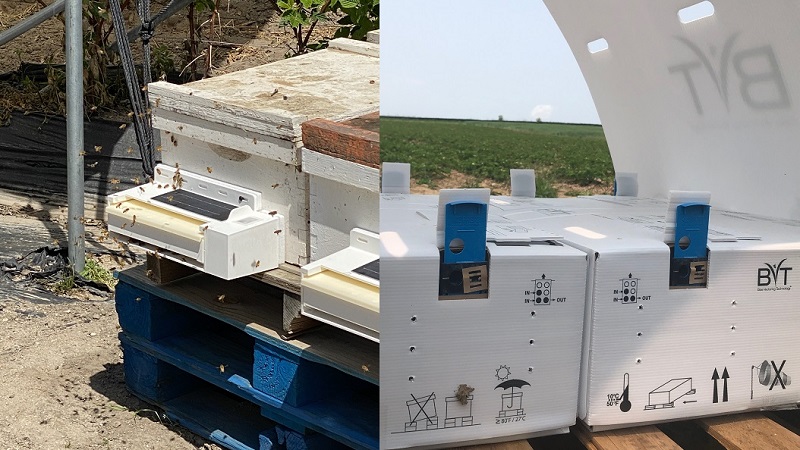An Awakening To The Value Of Biopesticides [Opinion]
 When I worked with Meister Media Worldwide to engineer its last special report on biopesticides in 2011, I was the company’s editorial director. At the time I had been covering ag production for about 16 years, and Meister was regarded as the most progressive and knowledgeable media company with respect to biological control.
When I worked with Meister Media Worldwide to engineer its last special report on biopesticides in 2011, I was the company’s editorial director. At the time I had been covering ag production for about 16 years, and Meister was regarded as the most progressive and knowledgeable media company with respect to biological control.
A lot of that knowledge came from our involvement in a then fledgling organization called BPIA — the Biopesticide Industry Alliance. We became an ad hoc member of BPIA in 2003 and I attended my first BPIA meeting to learn more about the category. I recall that meeting vividly because everyone sat at the same table. It was a close-knit group totaling around 20 people.
By the time I recommended that first special report to the editorial team in 2011, membership in BPIA had surpassed 60 companies. Another group called the International Biocontrol Manufacturers Association (IBMA) had since sprung up in Europe and was beginning to draw large crowds to its meetings. There were changes afoot and where once I’d felt more than a hint of desperation within BPIA, I now sensed the mood had transformed to expectation. Something big was about to happen.

That’s exactly what I wrote about in my introduction to the first Rise of Biopesticides report. The biopesticide industry appeared to be at an inflection point, I told our readers. I have to admit that despite the changes I’d seen, part of me felt like I was going out on a limb. But as it turns out, I had no idea just how swift the changes in the biopesticide industry would be.
A Lot More Seats at the Table
Flash forward three years and I’m the Chairman of BPIA’s Board of Directors and work on the business management team at one of its founding member companies. Today, in addition to the tens of smaller biopesticide-producing members, BPIA membership includes such ag chem stalwarts as Bayer CropScience, Syngenta, DuPont, Monsanto, and BASF. Billions of biopesticide-driven dollars have changed hands since that first report and I can safely say that if there’s a table big enough to hold everyone at today’s BPIA meetings, I haven’t seen it.
If you’ve taken the time to read this report, hopefully you better understand what’s behind the dramatic growth. Agriculture — indeed the food value chain — has had a real awakening concerning the value of biopesticides as part of an integrated crop production program.
With the entry of these major suppliers into the biopesticide arena, whether or not biopesticides work is no longer the question. Now, people want to understand how they work. Consumers and regulators see biopesticides as environmentally responsible tools that can help minimize impact. Food companies see suppliers using biopesticides as strategic partners who bolster their sustainability efforts. Retailers see biopesticides as resistance fighters that can fill gaps in their portfolios and help maintain the life cycle of other important products. Crop advisors see all of the above and seek practical knowledge about biopesticides to help meet the demand and differentiate themselves among their peers.
As for my prediction in advance of the next report, I’m going to postulate that any lingering euphoria from this phase shift among biopesticide producers will quickly subside. The big boys are in town, and it’s time to get down to business. That’s good news for growers and the whole value chain.









